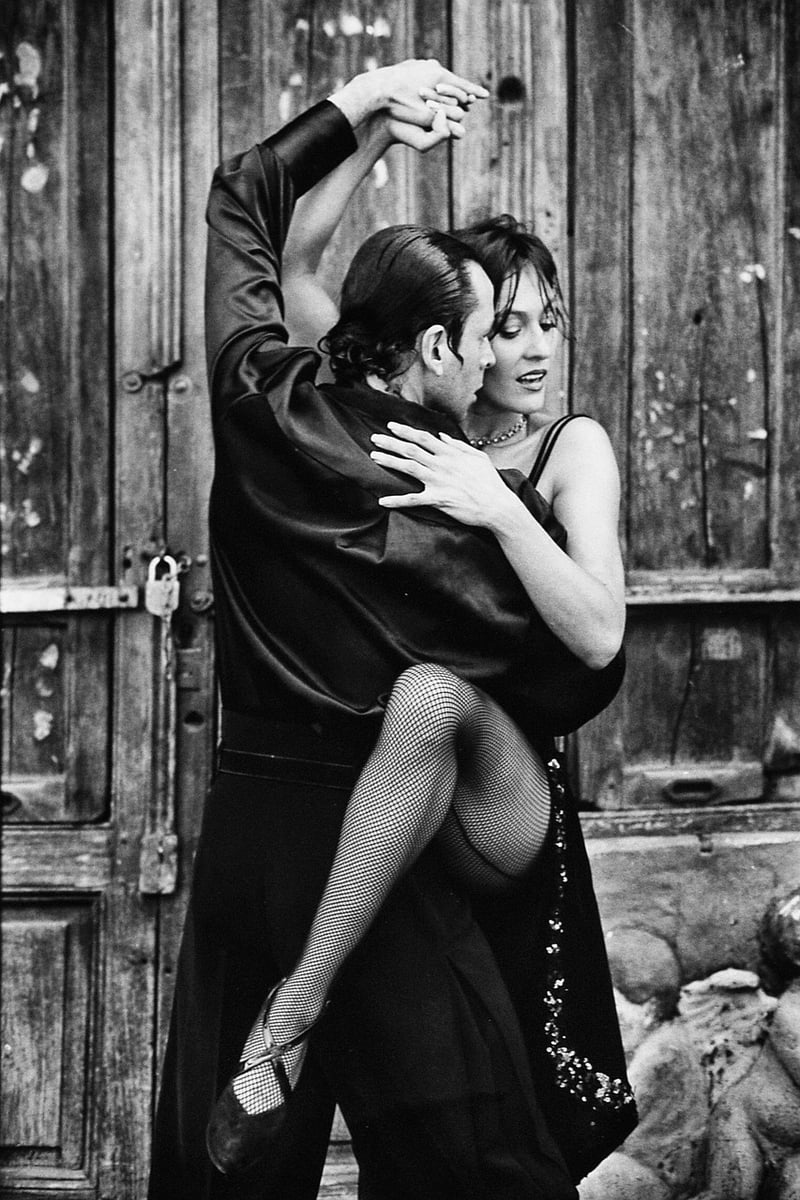Contemporary Dance
Exploring Expressive Movement in Contemporary Dance
Contemporary dance is a dynamic and innovative art form that combines elements of various dance styles to create unique and expressive movements. One of the key aspects that sets contemporary dance apart is its emphasis on using the body as a tool for self-expression and storytelling. In this article, we will delve into the world of expressive movement in contemporary dance and how it influences the creative process.
The Essence of Expressive Movement
Expressive movement in contemporary dance allows dancers to convey emotions, thoughts, and ideas through their physicality. By exploring a wide range of movements, from subtle gestures to powerful leaps, dancers can communicate complex narratives and evoke powerful feelings in the audience.
Techniques and Tools
Contemporary dancers often rely on a combination of techniques and tools to enhance their expressive movements. These may include:
- Improvisation: Allowing dancers to explore movement spontaneously and authentically.
- Release Technique: Emphasizing the flow of energy through the body and the connection to the ground.
- Partnering: Creating dynamic interactions between dancers to convey relationships and emotions.
- Floor Work: Utilizing the floor as a space for movement, often exploring different levels and pathways.
Exploring Emotions Through Movement
Expressive movement in contemporary dance enables dancers to embody a wide range of emotions, from joy and love to sorrow and anger. Through physical exploration and creative interpretation, dancers can express the depths of human experience in a visceral and compelling way.
Image Gallery


Conclusion
Expressive movement plays a vital role in contemporary dance, allowing dancers to push boundaries, challenge norms, and create meaningful connections with audiences. By embracing the power of movement as a form of expression, contemporary dancers continue to redefine the art form and inspire new generations of performers.
